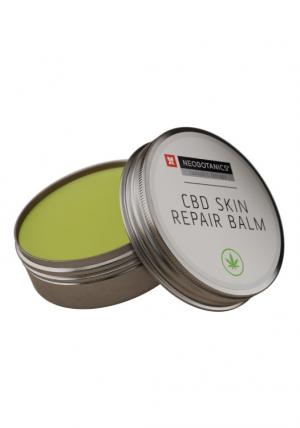Guaiazulene
Other names: Azulon, 1,4-dimethyl-7-isopropylazulene
Harm score: 2 (Derivatives of natural substances)
Guaiazulene, also known by the names Azulon or 1,4-dimethyl-7-isopropylazulene, is an organic compound that belongs to the sesquiterpenes. It comes from the azulene group of flat, aromatic hydrocarbons, which are components of most petroleum and coal. The azulene structure is included in some medicinal herbs. This specific substance is responsible for the blue to dark blue hue of some essential oils. Guaiazulene occurs naturally, for example, in Roman chamomile oil.
One of the areas where guaiazulene is most widely used is in the cosmetics industry and dermatology. In particular, its anti-inflammatory and anti-allergenic properties play a key role. It is therefore often used in products for sensitive, allergic, irritated or problematic skin. It can also be found in many products for the treatment of acne, eczema, psoriasis or seborrhoeic dermatitis. In addition, it is known for its antioxidant properties, which help protect the skin from damage caused by free radicals - unstable molecules capable of causing inflammation and cell damage. Guaiazulene also helps to protect the DNA of cells from UV radiation and therefore from premature aging.
However, the use of guaiazulene is not limited to dermatological and cosmetic products. The substance is also used in certain types of drugs as an antiulcerogenic, antipsychotic and antifungal ingredient. Guaiazulene is also included in some hair loss products, as it has demonstrated the ability to stimulate hair growth by promoting blood circulation in the scalp and strengthening follicles. It is also useful in the regeneration of damaged cells and tissues, contributing to wound healing. In addition, due to its distinctive blue color, guaiazulene is also used as a food coloring.
Guaiazulene can be found in the following products
